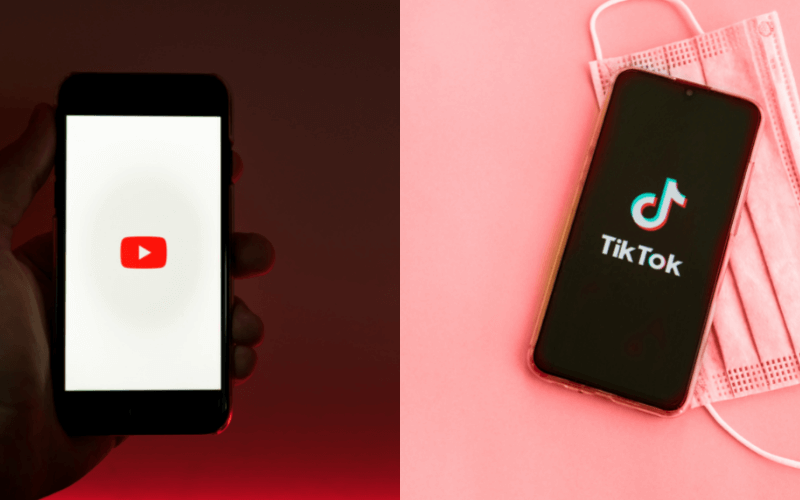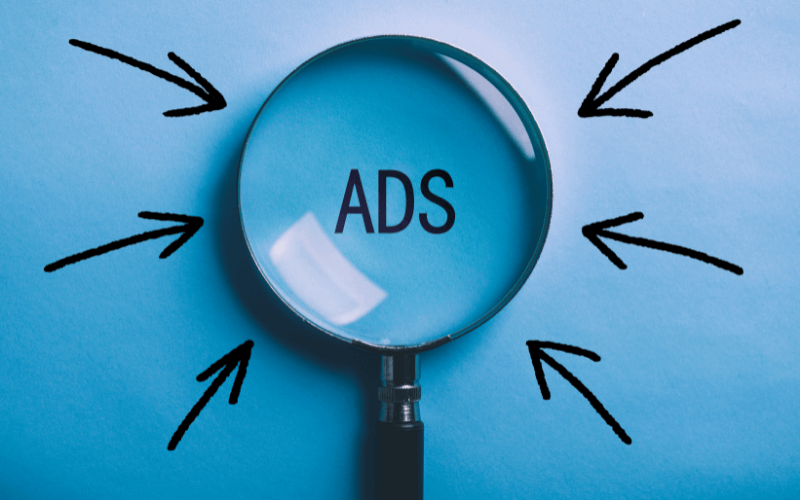Highlights
Table of Contents
Explore article topics
It’s a well-known fact that video is king in social media. And let’s face it, creating video and maintaining a social media presence is time-consuming. So, as a content creator, you’re no doubt wondering where to put your eggs. It’s the YouTube vs. TikTok battle. Who wins? There’s fierce competition between the platforms for your content and marketing dollars. This article breaks down different aspects of each platform, such as audience stats, monetization, advertising, ease of use and the type of content popular on each.
YouTube has been the de facto ruler of video content since its creation 17 years ago (makes you feel old, doesn’t it?). However, TikTok is right on its heels, with an exploding audience of more than 1 billion users. It’s still half of YouTube’s monthly users, but having launched in 2017, TikTok is poised to exceed YouTube if its growth trajectory continues. And that matters to creators and marketers looking for the largest audience base. So, who wins in the YouTube vs. TikTok debate? Let’s find out!

Content length and type
While TikTok videos are short and catchy, YouTube videos can be much longer and more instructive. So, your platform of choice depends heavily on the nature and length of content you produce. If your videos are 3 minutes or under, you’ll have a home on TikTok. Need 10 or 20 minutes? Try YouTube.
TikTok videos tend to be entertaining or humorous, and the platform encourages plenty of dance challenges and lip syncing. It’s basically a stage for anyone with a phone and a bedroom door. TikTok’s feed is a scrolling loop that encourages users to binge content rather mindlessly. Think of TikTok as the party app–bite-sized morsels of catchy content designed to be consumed quickly.
Get all you need to create the perfect video
To keep up with TikTok, YouTube introduced YouTube Shorts, which are videos 60 seconds or less in length. YouTube also introduced the Partner Program for brands, content creators and influencers interested in monetizing YouTube. And if you’re wondering how to grow on YouTube, check out our dozens of articles about social media.
Ease of use
Who triumphs in the TikTok vs. YouTube debate regarding ease of use? TikTok is less precise than YouTube when it comes to searching for content by keyword and category, but younger people love its ease of use on mobile devices compared to YouTube’s interface, which can feel dated in comparison. With a plethora of filters and editing tools, TikTok makes uploading mobile videos quick and fun. And interaction with users is easy and seamless as they can like, share and remix videos with ease.
That being said, YouTube has a more robust hierarchy of content search and selection and is the de facto platform for longer form vlogs, instructional videos and short films. In addition, on YouTube, it’s easy to create playlists and subscribe to channels, while TikTok relies on its scrolling feed and doesn’t provide much else in the way of organizational tools for storing favorite content and creators.
Demographics
As for audience, 41% of TikTok’s users are aged 16 to 24. That makes sense, given the available youthful video tools such as fun filters and musical selections. In addition, TikTok encourages creativity among youth who are not professional creators, like amateur dancers, singers and comedians, who thrive on the platform. Older consumers are not entirely left out, though. Audiences aged 40 and above make up 31% of the whole. So while YouTube’s users are primarily adults, it also garners the attention of a massive 85% of teens.
TikTok has YouTube beat when it comes to time spent watching content at 24 hours per month versus YouTube’s 22 hours and 40 minutes.
So, you can see that in the TikTok vs. YouTube battle, both platforms have their strengths.
Advertising

Advertising on YouTube
YouTube is hands down the marketer’s choice for advertising and will continue to be until TikTok develops similar features and tools. Before TikTok was launched, video content creators relied on YouTube or Vimeo. An impressive 55% of marketers report that they advertise on YouTube, making it the most popular video marketing channel. Advertising on YouTube works well with Google AdWords integration, making it a very accurate way to advertise. Ads can be targeted by specific keywords, interests, placements, demographic groups, etc.
And YouTube’s Find My Audience feature provides a more in-depth exploration of marketer’s prospective consumers, including their interests, purchase behaviors, and habits. This data can be leveraged to improve ad targeting and lead to more engaged audiences. Both YouTube video creators and marketers love this feature.
Ads are played as bumper ads before and after other videos, so advertisers can clearly see where their content is being displayed. YouTube also offers responsive display ads, masthead ads, skippable in-stream ads, non-skippable in-stream ads and video discovery ads.
YouTube also has robust real-time analytics for marketers to measure virtually every performance aspect.
Advertising on TikTok
TikTok has yet to integrate ads into the platform as thoroughly as YouTube. However, the platform does offer top view ads, in-feed ads, branded hashtags, brand takeovers and branded effects.
TikTok ads offer similar audience targeting as YouTube, based on age, gender and interest. In addition, a variety of ad formats to fit the marketer’s audience and objectives, such as horizontal, vertical or square formats, are also provided by TikTok.
The TikTok Ads Manager tracks ad performance, and the TikTok pixel measures marketing results by monitoring behavior and conversions.
There are still opportunities to create brand awareness without running ads, especially with younger audiences. Passive content that doesn’t require a call to action is perfect for TikTok. And because of the way users binge content on TikTok, there’s a better chance for branded videos to go viral and garner much higher views and shares than on YouTube.
In this area of the YT vs. TikTok battle, YouTube comes out on top.
Wrap up
YouTube is still the second most trafficked site in the world, so it should not be discounted even in the face of TikTok’s exponential success. So, if you’re thinking of starting a YouTube channel, consider how it differs from TikTok in the variety of areas we’ve explained!
Frequently asked questions
YouTube appeals to marketers with its more robust advertising tools, while TikTok appeals to younger audiences with its mobile ease of use and fun filters.
YouTube is still the most popular video platform in the world.
TikTok is growing exponentially but doesn't have all the advertising features and organizational tools of YouTube, nor does it host long-form video content like YouTube..
Jessica Peterson is a travel and documentary filmmaker with a background in journalism and marketing. She runs Purple Noon Productions from sunny Los Angeles. She has 20 years of experience producing content in 114 cities and 25 countries. In 2016, she directed and produced her own documentary about her then-home of Guam. Her clients include CNN, United Airlines, Southwest Airlines, Matador Network, and Tastemade.
Share this article
Did you find this article useful?
Related Posts
- By Josh Edwards
- 5 MIN READ
- By Josh Edwards
- 11 MIN READ
Latest Posts
- 25 Apr
- By Josh Edwards
- 4 MIN READ


